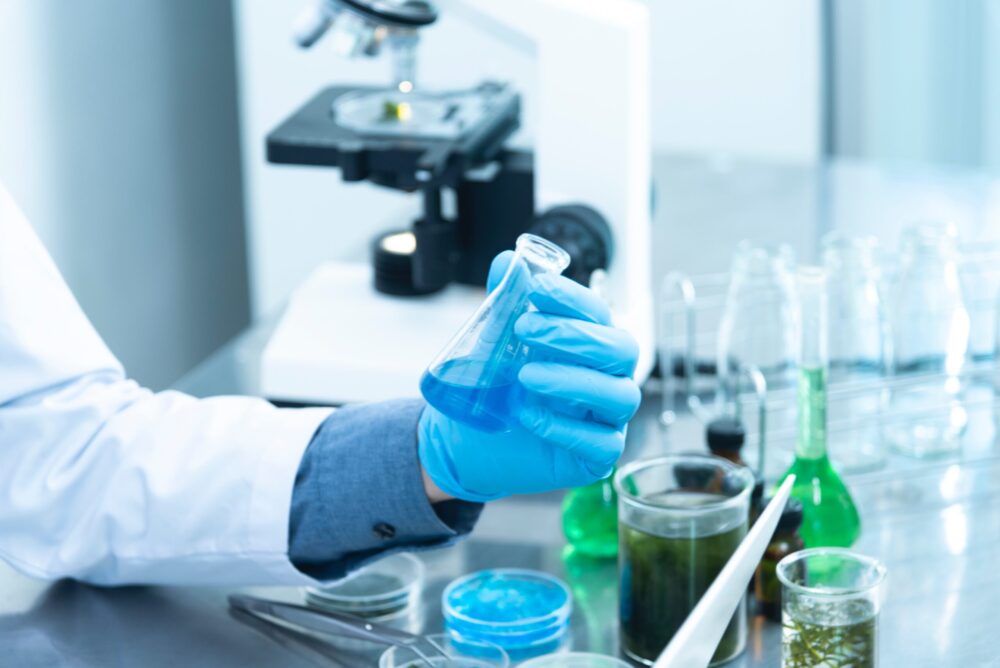Is ATP Hydrolysis in Anabolism Exergonic Or Endergonic?
When a reaction is exergonic, an input of energy is required in order to produce the result. In contrast, catabolism is the opposite process: a breakdown of a complex molecule into simpler ones. A common example is the reaction of hydrogen and oxygen, which produces water vapor.
ATP synthesis
ATP is the molecule responsible for the energy exchange in many cellular processes. It provides energy for both energy-consuming endergonic reactions and energy-releasing exergonic ones. The former requires a large input of activation energy to proceed while the latter requires a much smaller amount of energy to complete. ATP functions like a rechargeable battery in cellular metabolism, allowing cells to perform tasks such as DNA replication and protein synthesis.
Anabolic reactions use energy from ATP to form large molecules. These molecules then store energy in their chemical bonds, making the final product more stable. The energy that is supplied by the ATP-producing reactions is released in a form that is favorable for the cell. This energy is used to fuel the subsequent anabolic processes, and the process generates heat in the process.
The ATP synthesis process is catalyzed by an enzyme called ATPase. This enzyme is a complex system that depends on a gradient of protons and electrons. The process is regulated by an electron transport system that builds up a proton gradient. ATP synthesis is a type of endergonic reaction, which requires input energy and usually results in the synthesis of a new compound from reactants. During the ATP synthesis process, a sugar-bound phosphate group is formed. The enzyme must coordinate these two reactions, as this bonding process requires energy.
When carbohydrates, fatty acids, and amino acids are broken down, they can also be broken down into smaller molecules. The smaller molecules are then transported into cells and undergo further reactions. The same type of pathway can be used to break down biopolymers into building blocks. The two types of reactions are essentially the same, though one has an advantage over the other.
The energy profile for different types of chemical reactions is depicted in free energy diagrams. In general, an exergonic reaction requires a small amount of energy to get started, while an endergonic one needs a substantial amount of energy to complete.
ATP hydrolysis
The question is, “Is ATP hydrolysis in anabolism exergonic or endergonic?” The answer depends on the type of reaction. Anabolic reactions are those that result in large molecules, which are energy-storing. These large molecules tend to be stable on their own, but once more energy is added to them, they become unstable again. Essentially, anabolic reactions are attempting to store energy, or absorbing energy from outside.
Adenosine triphosphate (ATP) is an energy currency used by cells and organisms. It provides energy to exergonic processes that require only a small amount of activation energy to proceed. It is similar to a rechargeable battery and is used to power DNA replication and protein synthesis.
ATP is a nucleotide with a nitrogenous base that is bonded to a ribose molecule. This phosphate is held in place by weak bonds that are not very strong. Similarly, ATP can be broken down to adenosine diphosphate by a process known as ATP hydrolysis.
The process of ATP hydrolysis is coupled with the conversion of glucose to glucose-6-phosphate. A subsequent phosphorylation step allows for glucose to be converted to fructose. Once this step is complete, glycolysis can continue without interruption.
In the process of ATP hydrolysis, electrons must pass from the most negative E’0 carrier to a substance with less negative E’0. The transfer process involves intermediates known as electron carriers, which switch back and forth between oxidized and reduced forms without being consumed.



